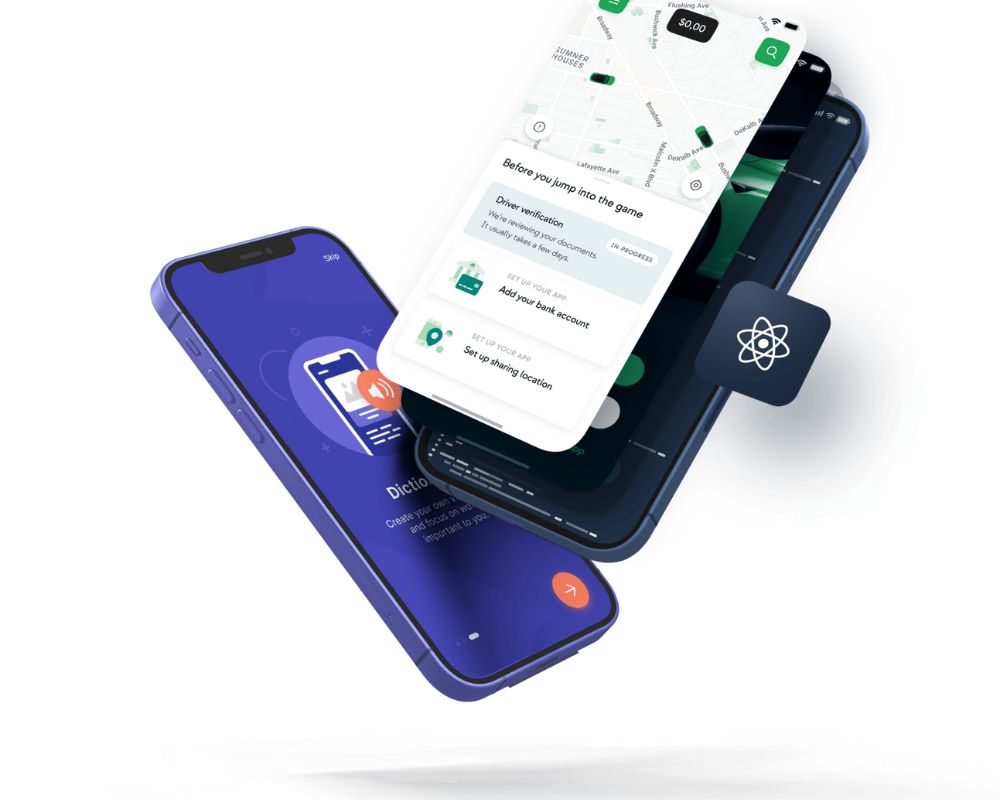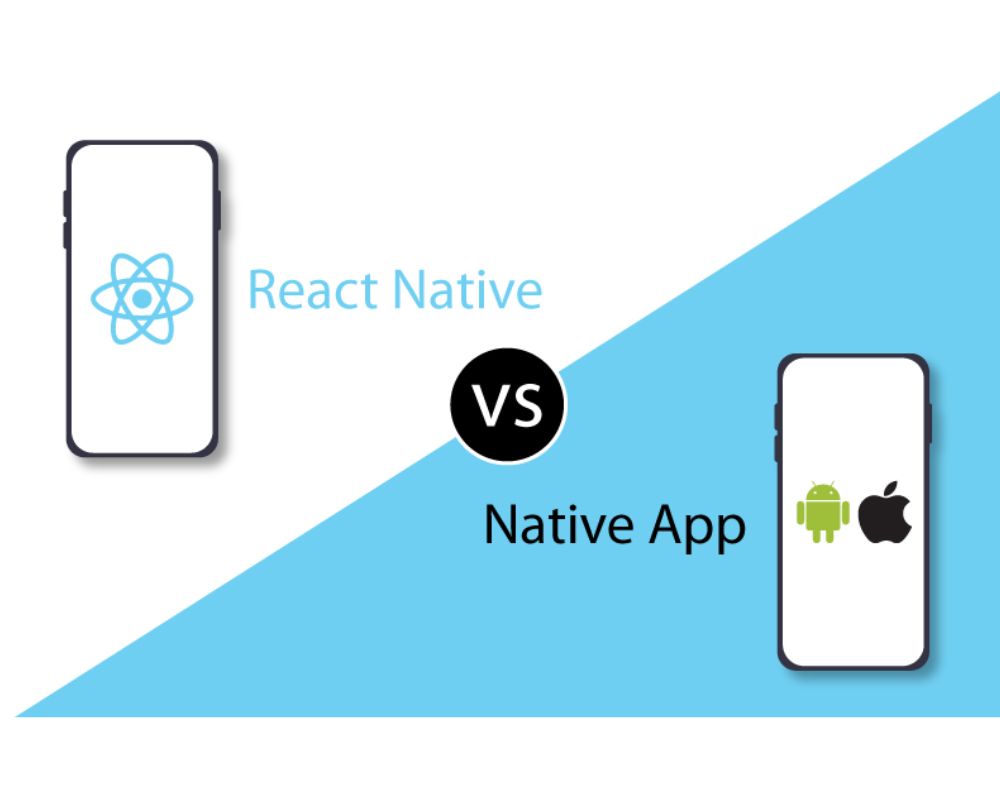Tin tức
React Native App Development All You Need to Know
React Native is an open source framework used for cross-platform mobile application development. It allows developers to use JavaScript to create mobile applications for both iOS and Android without having to learn different programming languages. With the popularity of mobile devices, developing mobile applications is becoming an important job in the IT industry. In this article, we will learn about React Native application development and its advantages.
>>> Best react native app development company
1. Introduction to React Native
Features of React Native
- Open source: React Native is an open source framework, allowing developers to use and modify its source code according to project needs.
- Cross-platform: One of the biggest advantages of React Native is its cross-platform nature, allowing developers to create applications for both iOS and Android using just a single programming language.
- Using JavaScript: To develop applications with React Native, developers only need to know JavaScript, a very popular and accessible programming language.
- High flexibility: Developers can reuse source code and components to reduce time and costs during development.
- Large community: With the support of Facebook, React Native has attracted a large community and to date there have been thousands of applications built on this platform.
Compare with ReactJS
React Native is a version of ReactJS, a framework used for web development. However, there are some key differences between these two versions:
- Developer: ReactJS is designed for creating web applications, while React Native is for mobile application development.
- User Interface: ReactJS uses HTML to create the interface, while React Native uses components similar to regular mobile applications.
- OS compatibility: ReactJS can run on any operating system with a web browser, while React Native can only run on iOS and Android.

>>> Power Virtual Agent vs Azure Bot Service
2. How React Native works
Architecture of React Native
React Native has a simple and effective architecture, consisting of three main parts:
- JavaScript thread: This is the logical processing part of the application, where JavaScript codes are executed.
- Bridge: Is a bridge between the JavaScript thread and the native thread, allowing the transmission of data and commands between the two sides.
- Native thread: This part is where views are created by native modules and connected to application components.
React Native’s rendering process
React Native’s rendering process is similar to ReactJS, but instead of using HTML, it uses components similar to regular mobile applications. This process goes as follows:
- Components and UI are defined in JSX files.
- React Native will create a virtual component tree (virtual DOM), helping to manage changes and updates more effectively.
- After changes, React Native uses Bridge to notify the native thread of changes.
- The native thread will recreate the views and update the user interface again.

3. Advantages of using React Native
Increase development speed
With its cross-platform nature and use of JavaScript, application development with React Native becomes faster and more convenient. Developers can reuse source code and components, reducing time and costs during development.
High performance
React Native uses the same components as regular mobile apps, which helps increase app performance. Using these components also helps optimize the memory and rendering speed of the application.
Easy to maintain
With a simple structure and reusable components, maintaining and upgrading apps with React Native becomes easier. If there are changes in design or features, just modify it once and apply to both iOS and Android platforms.
4. Applications built on React Native
Currently, there are many famous applications built on the React Native platform, including:
- Facebook: Facebook’s official mobile app is built entirely in React Native, allowing users to access the social network from both iOS and Android.
- Instagram: The popular photo and video sharing app is also built using React Native, which is optimized for performance and cross-platform.
- UberEats: The fast food ordering application UberEats is also a good example of using React Native to develop mobile applications.
5. Frequently asked questions about React Native
What technologies are needed to start developing React Native apps?
To start developing React Native applications, you need knowledge of JavaScript, ReactJS and mobile technologies like iOS or Android.
Is React Native compatible with all the features of regular mobile apps?
Currently, React Native does not fully support all the features of regular mobile applications. However, with continuous development, React Native is increasingly improving and can meet most of the features needed for mobile applications.
If I already have experience with ReactJS, will it be easier to learn React Native?
Yes, because React Native is a version of ReactJS, if you are familiar with ReactJS, learning React Native will be easier.
Can React Native completely replace conventional mobile app development using native languages?
No, using React Native is just another option in mobile app development. The use of native languages is still widely used and has its own advantages.
Conclude
From the above information, we can see the advantages and potential of using React Native in mobile application development. With its cross-platform nature, high performance, and ease of maintenance, React Native is increasingly becoming an important tool in the world of mobile application development. If you are looking for a solution to develop apps for both iOS and Android, consider using React Native and explore more of the benefits it has to offer.
Contact us:
- 629 Nguyen Kiem, Ward 9, Phu Nhuan District, Ho Chi Minh City, Vietnam
- Phone: (+84) 972.016.100
- Website: https://reliasoftware.com/


